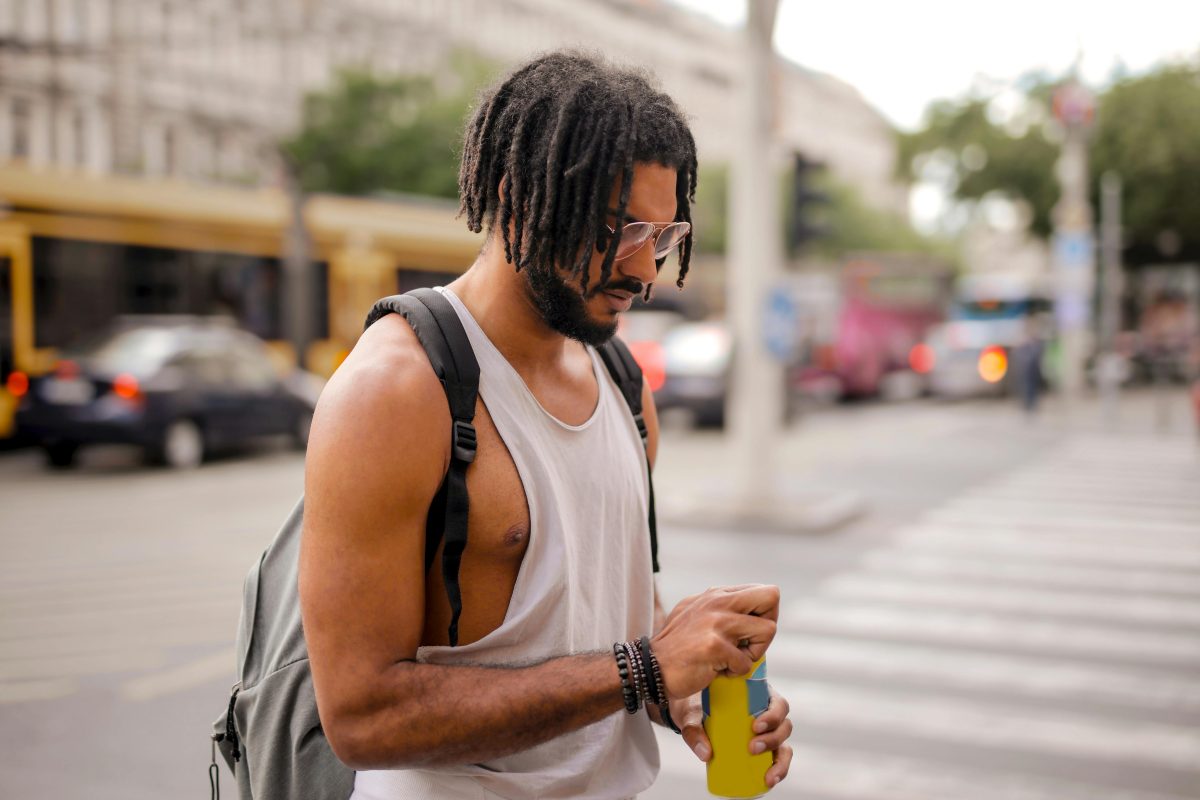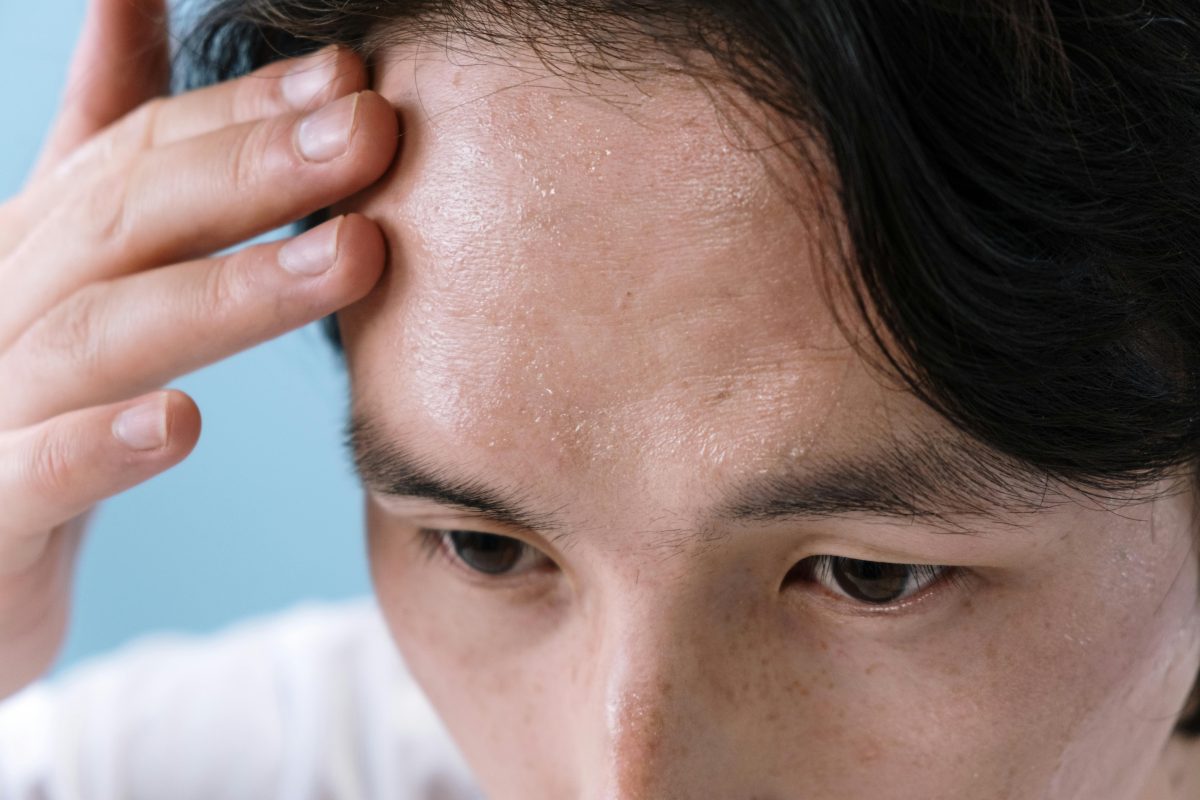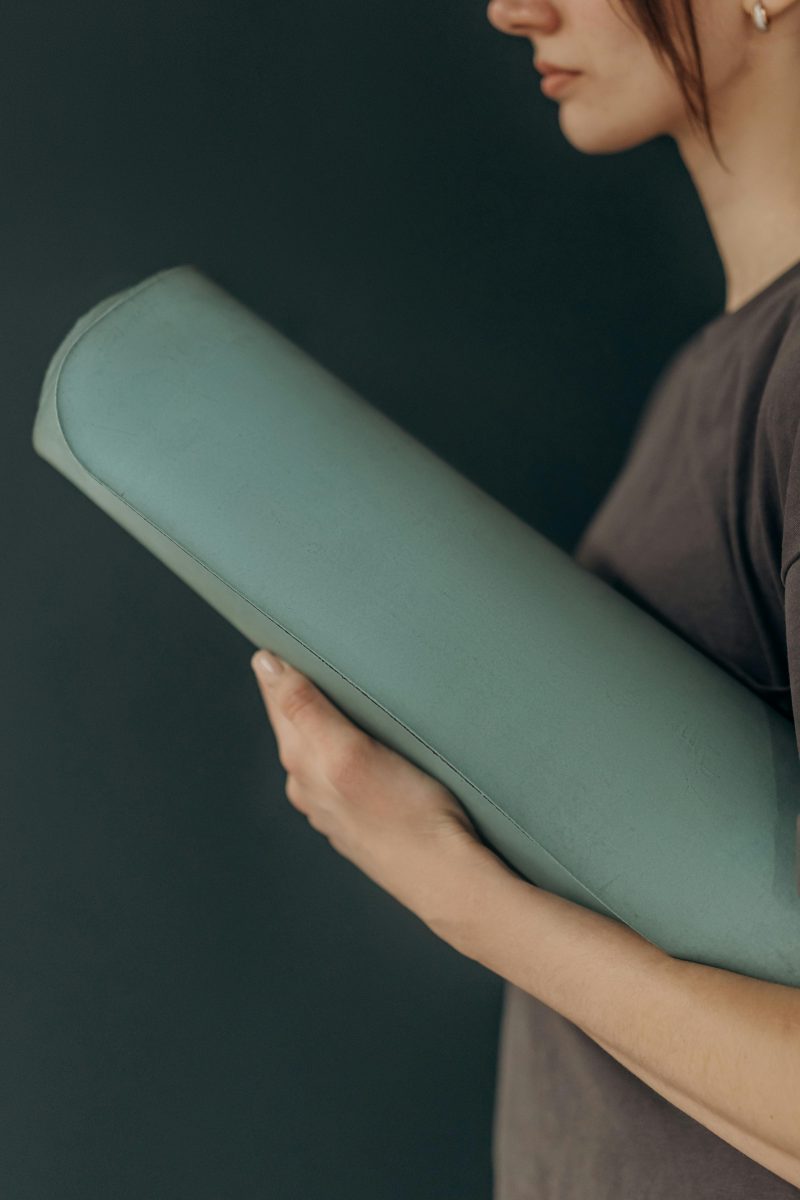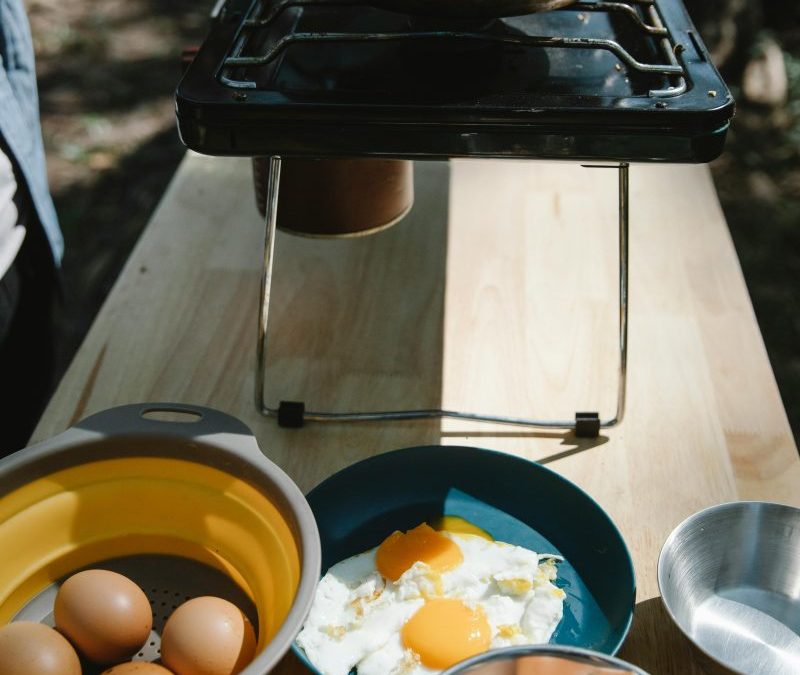Last Updated on: 14th July 2024, 09:32 am
Introduction to Exercising in Heat and Humidity

When the mercury rises, so does the challenge of exercising. Heat and humidity are not just discomforts; they transform the playing field for your body’s cooling system. Understanding how your body responds to these conditions is the first step toward a safer workout. It’s a dance of balance, where sweat and evaporation become crucial players in regulating your body temperature.
- Acclimatization is your secret weapon. Gradually exposing yourself to hot conditions allows your body to adapt, making your workouts more efficient and less taxing. This process is vital, as it enhances your ability to sweat and cool down, reducing the risks associated with heat exhaustion or heat stroke.
- However, the risks loom large without proper preparation. High heat and humidity can lead to a range of issues, from mild dehydration to severe heat-related illnesses. Recognizing the signs of these conditions is crucial, as is knowing when to dial back or pause your workout. It’s not just about pushing through; it’s about listening to your body and respecting the environment.
Recognizing Heat-Related Illnesses

Heat Exhaustion vs. Heat Stroke
Understanding the difference between heat exhaustion and heat stroke is critical. Heat exhaustion can manifest through heavy sweating, weakness, cold, pale, and clammy skin, a fast but weak pulse, and possible fainting. It’s a warning sign that the body is overheating. Heat stroke, on the other hand, is more severe. Symptoms include high body temperature, hot, red, dry, or moist skin, rapid and strong pulse, and potentially unconsciousness. This condition requires immediate medical attention as it can be fatal.
Symptoms and First Aid
- For heat exhaustion, move to a cooler location, lie down, loosen clothing, sip water, and apply cool, wet cloths to as much of the body as possible.
- If heat stroke is suspected, call 911 immediately. Move the person to a cooler environment and use cool cloths or a bath to reduce their body temperature. Do not give fluids.
Preventative Measures
Prevention is key. Stay hydrated, wear lightweight and loose-fitting clothing, and avoid exercising in the hottest part of the day. Acclimatize yourself to the heat gradually, and always listen to your body, stopping immediately if you feel dizzy, faint, or nauseous. By taking these steps, you can enjoy the benefits of exercising in the heat without putting your health at risk.
Hydration Strategies: Mastering Fluid Intake for Heat and Humidity

Hydration plays a pivotal role in regulating body temperature, especially during exercise in hot and humid conditions. The right amount of fluid intake before, during, and after physical activity can make a significant difference in performance and overall health. Understanding the balance is key.
The Role of Hydration in Temperature Regulation
As you exercise, your body temperature rises. Sweating helps cool you down, but it also means you’re losing vital fluids. Staying hydrated helps maintain your body’s cooling process, preventing heat-related illnesses. It’s a delicate dance between your body’s needs and the environment’s challenges.
How Much to Drink Before, During, and After Exercise
- Begin with hydration well before you start exercising. Drinking 17 to 20 ounces of water two to three hours before exercise sets a healthy baseline.
- During exercise, aim to consume 7 to 10 ounces every 10 to 20 minutes.
- After finishing, replenish with 16 to 24 ounces for every pound lost during the activity. This strategy ensures your body remains adequately hydrated, enhancing recovery and readiness for your next workout.
Signs of Dehydration and Overhydration
- Dehydration can sneak up on you, signaled by thirst, dry mouth, fatigue, and dark-colored urine. It’s a sign to increase your fluid intake.
- Overhydration, or hyponatremia, is less common but equally dangerous, characterized by nausea, headache, and confusion, indicating too much water intake. Listening to your body and adjusting your fluid intake accordingly is crucial.
Mastering hydration strategies is essential for safely navigating the challenges of heat and humidity during exercise. By understanding and applying these principles, you can maintain peak performance while safeguarding your health. Remember, every body is different; what works for one may not work for another. Start with these guidelines, then adjust based on your personal experience, fitness level, and the day’s conditions.
Adjusting Your Exercise Routine

Choosing the right time of day for your workout can be a game-changer in beating the heat. Early morning or late evening, when the sun’s rays are less intense, offers a cooler, more comfortable environment for your exercise regimen. This strategic timing not only reduces the risk of heat-related illnesses but also makes your workout more enjoyable.
Modifying the intensity and duration of your workouts based on weather conditions is equally important. On sweltering days, consider shortening high-intensity workouts or opting for moderate activities. This adjustment helps manage your body’s heat load, ensuring you stay within safe limits while still benefiting from physical activity.
When the weather turns extreme, the indoor vs. outdoor workout dilemma comes into play. Indoor workouts provide a controlled environment, free from the unpredictability of outdoor elements. On days when the heat and humidity are unbearable, or air quality is poor, shifting your routine indoors can maintain your fitness momentum without compromising your health. Gyms, indoor pools, or even your living room can become your workout haven, offering a variety of exercise options regardless of the weather outside.
Adapting your exercise routine to accommodate the heat and humidity is not just about comfort; it’s a necessity for your health and safety. By choosing the right time, adjusting intensity, and wisely selecting your workout environment, you can enjoy the benefits of physical activity all year round, regardless of the weather.
Clothing and Gear for Hot and Humid Conditions

Choosing the right clothing and gear is paramount when exercising in hot and humid conditions. The cornerstone of your wardrobe should be breathable, moisture-wicking fabrics. These materials work by pulling sweat away from your skin, allowing it to evaporate quickly. This not only keeps you cooler but also prevents the discomfort of damp clothing clinging to your body.
Sun protection is another critical aspect. A wide-brimmed hat can shield your face and neck from direct sunlight, reducing the risk of sunburn and heatstroke. Sunglasses protect your eyes from harmful UV rays, while sunscreen guards your skin against sunburn, a factor that can significantly increase your body’s heat stress.
When it comes to gadgets and gear, a few smart choices can enhance your comfort and safety. Cooling towels, when dampened, provide a quick and effective way to lower your body temperature. Insulated water bottles keep your hydration cool, encouraging you to drink more and stay hydrated. These tools, simple as they may seem, can make a substantial difference in your ability to handle the heat.
Together, the right clothing, sun protection, and smart gear form a comprehensive defense against the challenges posed by hot and humid conditions. By equipping yourself appropriately, you can maintain performance and enjoy your workout, all while safeguarding your health.
Nutrition and Recovery in the Heat

Hydration extends beyond water intake. Foods rich in water content, such as cucumbers, watermelons, and strawberries, contribute to overall fluid balance. Electrolytes, lost through sweat, are replenished by incorporating bananas, coconut water, and dairy products into your post-exercise meal. These foods help restore potassium, calcium, and magnesium levels, maintaining the delicate electrolyte equilibrium essential for muscle function and hydration.
- Post-exercise Cooling: Gradual reduction of intensity, followed by stretching, allows the body to acclimate to a resting state.
- Cool Baths/Showers: Immersing in a cool bath or shower can expedite the lowering of core temperature.
- Breathable Fabrics: Wearing breathable fabrics aids in dissipating heat, complementing the body’s natural cooling mechanisms.
During recovery, vigilance is key. Fatigue, headache, or dizziness signals the need for a break. If symptoms persist or escalate, medical attention is warranted. It’s not merely about endurance; it’s about smart, responsive self-care. By tuning into your body’s cues and responding with appropriate nutrition and cooling strategies, you can safely navigate the challenges of heat and humidity.
In Closing
Thriving in heat demands smart strategies. It’s about balance, not endurance alone. By marrying knowledge with action, we navigate the fine line between pushing limits and safeguarding health. Acclimatization, hydration, and proper gear are not just tactics but lifelines that enable us to embrace the challenges and joys of exercising in extreme conditions. Let’s carry forward this wisdom, transforming our workouts into triumphs over the elements.
Handling Heat and Humidity While Exercising FAQs
Swimming can be an excellent exercise option during a heatwave, as the water helps to keep your body cool. It provides a full-body workout without the risk of overheating that comes with many land-based exercises. Ensure you stay hydrated and protect your skin with waterproof sunscreen.
To prevent chafing, apply an anti-chafing product to susceptible areas before starting your workout. Wearing moisture-wicking fabrics can also reduce the risk by keeping your skin dry and reducing friction. Ensure your clothing fits properly; too loose or too tight garments can increase friction.
You’re acclimated to the heat when your body adjusts to better handle the stress of high temperatures, usually after one to two weeks of consistent exposure. This adjustment includes sweating more efficiently and maintaining a stable heart rate during exercise. Initially, perform lighter workouts and gradually increase intensity and duration as your comfort and tolerance improve.
Drink water before, during, and after your workout to stay hydrated. In hot and humid conditions, your body sweats more to cool down, increasing your fluid needs. Electrolyte-replenishing drinks can also be beneficial for longer or more intense sessions.
Humidity impairs your body’s ability to cool itself through sweat evaporation. When the air is saturated with moisture, sweat doesn’t evaporate as efficiently, trapping heat in your body. This can lead to a quicker onset of heat-related illnesses, making it crucial to adjust your intensity and hydration.
Exercising in the early morning or late evening is better during hot weather, as temperatures are generally cooler. These times of day also typically have lower humidity levels, making it easier for your body to cool itself. Avoiding the midday sun reduces the risk of heat-related illnesses.
Reduce the intensity and duration of your workouts to adjust to hot and humid conditions. Incorporate more rest breaks and stay hydrated to help your body cope with the increased stress. Gradually acclimate your body to the conditions by slowly increasing workout intensity and duration over time.
Exercising in extreme heat and humidity increases the risk of heat-related illnesses such as heat exhaustion and heatstroke. These conditions occur when your body can’t cool itself effectively, leading to dangerously high body temperatures. It’s crucial to recognize the signs of heat-related illnesses and to modify or cancel outdoor activities when temperatures are too high.
Signs of heat exhaustion include heavy sweating, weakness, dizziness, nausea, and headache. These symptoms occur when your body overheats and can’t cool down effectively, leading to a potentially dangerous condition. If you experience these symptoms, stop exercising, move to a cooler place, and hydrate immediately.
Lightweight, breathable, and moisture-wicking clothing is best for exercising in hot and humid conditions. These materials help to evaporate sweat more effectively, keeping your body cooler. Dark colors absorb more heat, so opt for lighter shades to reflect the sun’s rays.
Orlando is a all round athlete from Australia, now resident in Germany. His sports of passion of American Football(Offensive line), weight training and indoor rock climbing where he uses his 195cm wing span to his advantage.



